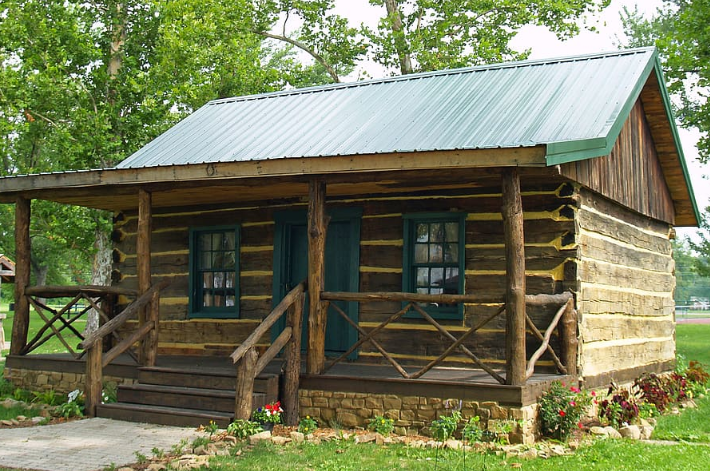Choosing the right wood for a log cabin is important. It’s a good idea to choose a wood that will be durable and weather-resistant build a cabin home project. This will ensure that your cabin will remain comfortable in the cold winter and warm in the hot summer months.
Choosing the right wood
Choosing the right wood to build a cabin is a major decision. There are several different types of wood available, and each one has its own advantages and disadvantages. It is important to consider the location, climate, and other factors before making the decision.
The most common type of wood for log cabins is pine. Pine is easy to get and is more cost-effective than exotic wood types. However, pine does have its limitations. Fresh pine will crack, and it can also cause shrinkage.
Cedar is a good choice for log cabins because it’s naturally resistant to rot, insects, and fungus. Cedar is also very durable and beautiful.
Oak is another popular choice for log cabins. Oak is a hard wood and is more expensive than other woods. If you are building a log cabin with a budget in mind, you might want to consider wood that is locally sourced. Oak also shrinks when dried.

Chinking
Keeping your log home warm in the winter, cool in the summer, and protected from the elements is important. There are many ways to do this, but one of the most effective ways is to chink a cabin. This is a type of material that will seal the gaps between logs and provide a seal to keep out unwanted moisture.
There are a few different types of chinking. One type is latex based and is easy to clean with soap and water. Another type is acrylic-based and is great for sealing the joints. Another type is the beaded foam insulation.
Using the right materials will help you achieve a professional looking finish. You can buy chinking in tubes or gallons. You can also purchase a bulk loading gun with a variety of nozzle sizes. The nozzles will make chinking much easier to apply.
Daubing
Using the logs as a foundation for a log cabin was a practical way for early settlers to build a home. The insulating properties of wood made the cabins a warm place to live.
Early log home builders used a blend of materials to fill the spaces between the logs. Often, a mixture of mud and straw would fill the gap. These materials were not only flexible, but could adjust to seasonal changes.
The logs were typically 8 to 10 inches in diameter. They were typically fourteen to eighteen feet long. They were placed in a horizontal stack. The walls were usually six to seven feet tall. A family could build a new cabin in a day.
When a log cabin is built, the joints between the logs need to be sealed. This prevents air from getting in and out.
Styles of log cabins
Whether you’re looking for a residential log cabin for sale or you want to build one yourself, there are several styles you can choose from. It’s important to choose the style that is most compatible with your needs.
One style is called A-frame, which has exposed rafters and less wall space. They are a popular choice for second homes or vacation homes. They can be fitted with extra-large windows that let in more light. The floor is usually lower than other styles. They’re also great in hot climates.
Another style is called contemporary, which has pent-sloping roofs and floor-to-ceiling windows. They are simple and practical and work well with modern house designs. They are also perfect for home offices.
They can be single or two-story, and can be built with just one or three rooms. Some have a porch between the two main living areas. Some even have a cellar or summer kitchen.
Preventing unbearable warmth in the summer and freezing temperatures in the winter
Whether you’re planning to build a cabin from the logs or already have a log cabin in the works, a little bit of preparation goes a long way. To avoid a costly mishap, you need to consider the most efficient ways to keep your cabin warm. Thankfully, there’s no shortage of advice to help you out. You’ll be able to sleep soundly knowing that your log cabin will not freeze up during the coldest months of the year.
The first order of business is to figure out where your main water source is. You can also check out your roof for leaks. For added protection, install a downspout extension to direct water away from the house. You might also consider adding extra insulation to keep warm air from creeping up the roof.